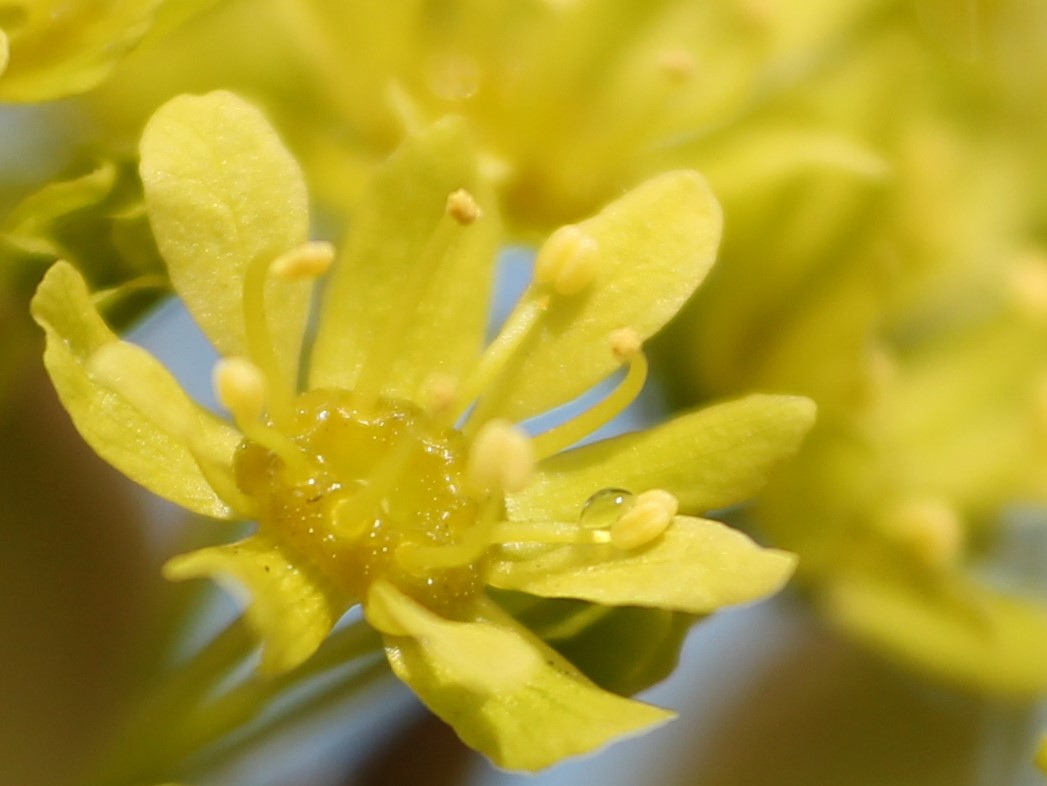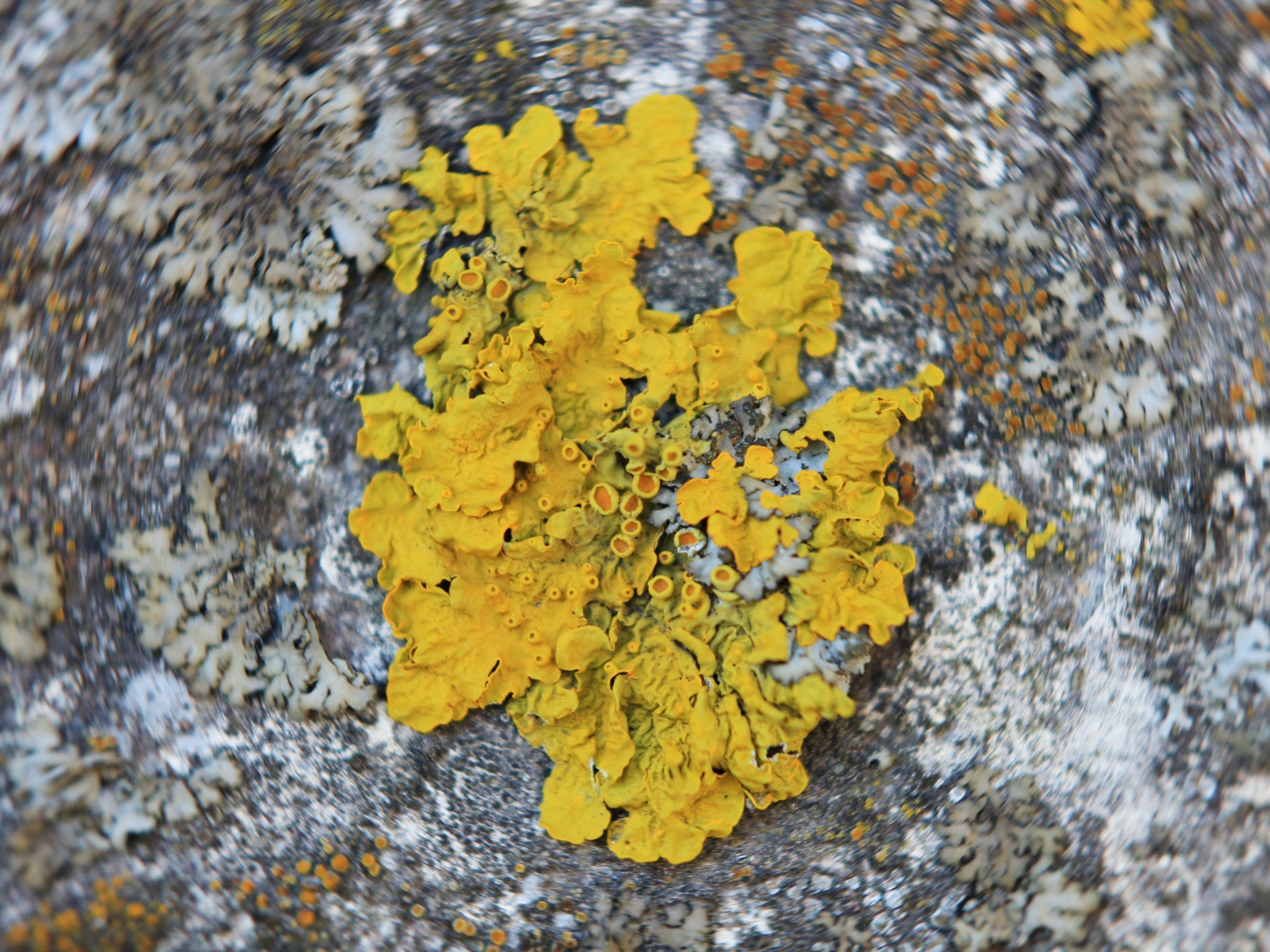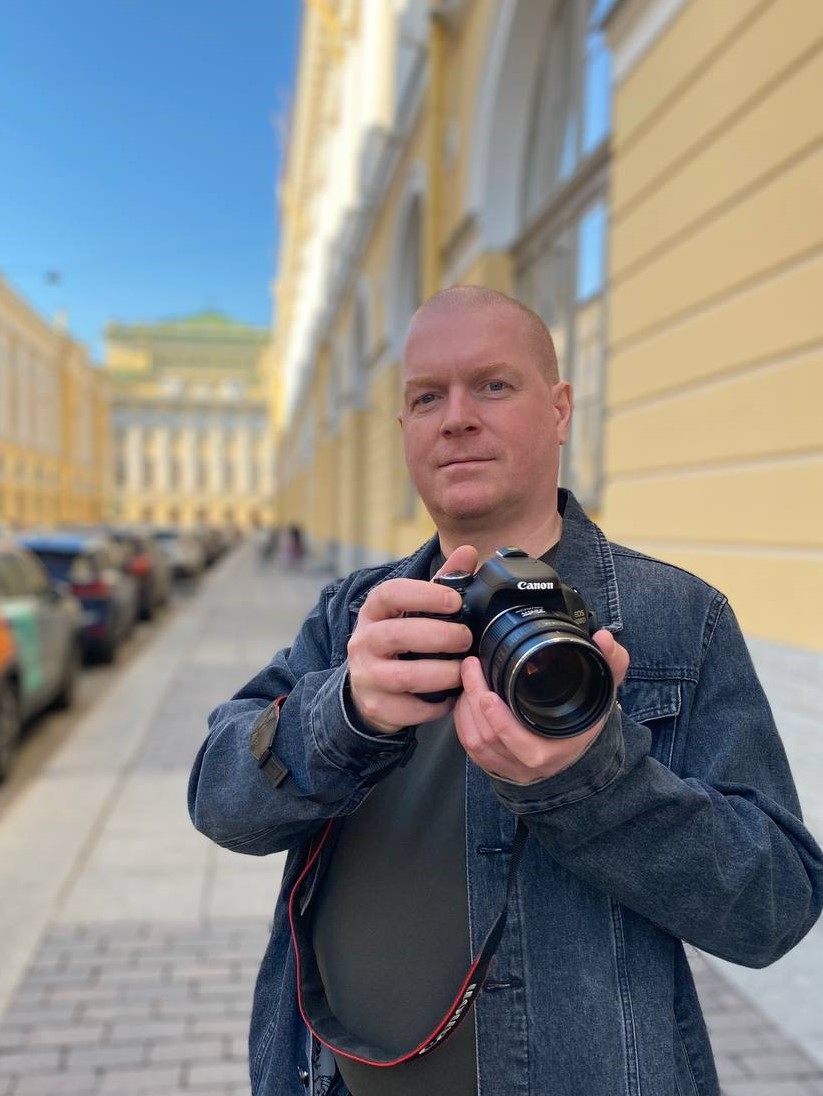Alright – so today we’ve got the honor of introducing you to Oleg Mamaev. We think you’ll enjoy our conversation, we’ve shared it below.
Alright, Oleg thanks for taking the time to share your stories and insights with us today. Let’s start with the story of your mission. What should we know?
The story behind my mission is quite simple…
Photography is not only one of the most famous forms of creativity. Originating in the middle of the century before last, over the past nearly two hundred years photography has developed from a simple technology of capturing an image on a photosensitive plate to one of the most comprehensive types of people’s creative realization. It is very difficult to list all types of photo creation. They include photography of borderless landscapes, and macro photography of insects, flowers and other, practical unnoticeable objects, and shooting urban structures or wildlife. And of course, shooting people, from classic portraits to creative avant-garde. As computer technology has progressed and artificial intelligence has been able to generate realistic photo images, the boundaries of photographic creativity have virtually disappeared!
Everything has its pros and cons. Computer technology for processing and generating images, especially with artificial intelligence, can greatly ease the labor of the photographer and provide them with a tool of unprecedented power. But it’s easy to cross the line when the real image of physical objects is no longer the base of a photographic work. The photography will no longer be true photography, but a manufactured picture of the digital world.
That’s why my goal, my mission is to show with my photographic work that the possibilities of lens optics and modern camera can give a photographer unlimited space for creativity.
After entering the art of photography many years ago, when the basis of photo was photographic film, I am a strong advocate that the lens and camera should still be the core of photography. All modern computer technology should accompany, but not replace, the birth of an image when light rays pass through the lens.
This is a much more complicated and time-consuming way that requires a thorough knowledge of the optic physics, principles of lens operation, specifics of image changes when light rays go through optical filters.
Shaping the right image purely by means of optics is the supreme degree of world-class photographic mastery. Only a small percentage of photographers, using often unique, but little-known lenses, create photographic works, which are usually formed only with computer technologies of image processing.
My goal and my mission are to prove that even now, when computer technology penetrates all aspects of our lives, good old-fashioned optics is still a reliable basis for the photographer’s work.

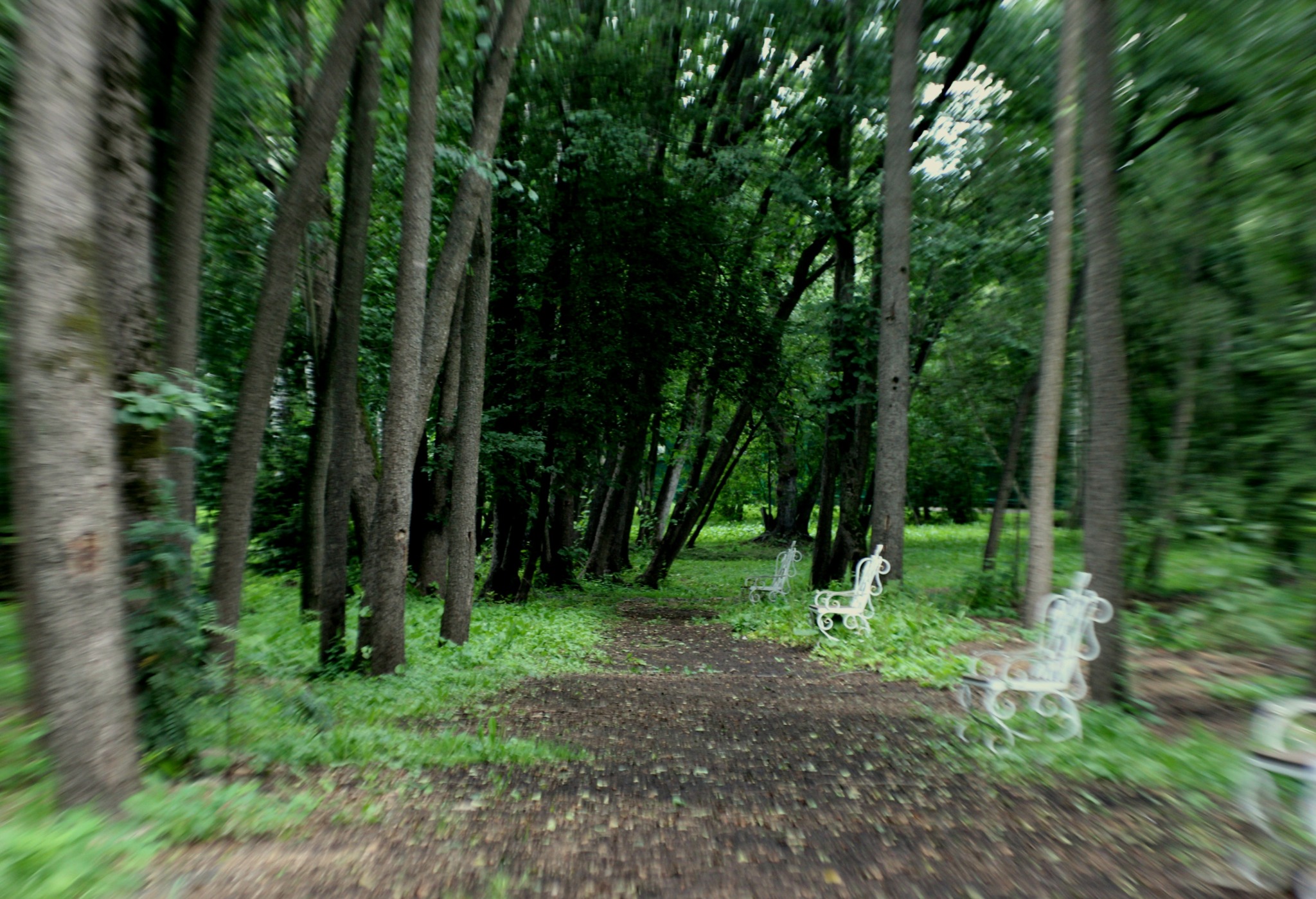
Awesome – so before we get into the rest of our questions, can you briefly introduce yourself to our readers.
Photography has been my sphere for almost thirty years now.
I made my first step into photography in 1998, when I shot my first frame on dad’s “Zenit” – a film camera produced in the Soviet times.
I started with film photography and after a few years moved on to digital cameras. But still a minimum of digital computer processing is my credo.
My most favorite genres are science and macro photography, landscape and architecture photography, and everyday life photography.
Over the last year my photographic works have been noted at exhibitions in Russia, Great Britain, China, Mexico and other countries of the world.
In March 2025, one of my photographic works was awarded the highest prize of one of the most significant international photo projects in the cultural life of Russia – the “Russian Art Awards” competition. It is worth mentioning that more than 1800 works were presented at the Russian Art Awards and only 49 works were awarded the highest prize, chosen by a jury of more than one hundred experts of outstanding international reputation from Russia, USA, Australia, Brazil, Germany, Holland, Italy, France and thirteen other countries.
I am particularly proud that the first place of “Russian Art Awards” was awarded to one of my earliest works – a photographic portrait “Yakut prospector”, shot on film by Zenith camera back in 1999 during an expedition to one of the gold mines of Yakutia. A quarter of a century later, this portrait found its recognition.
Certainly this is not the first photo contest I’ve participated in.
The very first was “The Most Talented Subscriber of Dalsvyaz” photo contest, organized in 2004 by one of the largest telecommunication company of the Russia.
But it’s not just photo contests that shape a creative path.
Since 2015, a number of my photographic works (scientific photography, still life) have been accepted for publication in various illustrated magazines, both Russian and foreign.
Since recently, I have also been exploring the theoretical aspects of photographic artwork. The scientific article “The use of bokeh-altering lenses for macro photography of objects similar to the background” is in the process of completion. It describes a method for macro photography in difficult shooting conditions when the shooting objects and minor background objects are at the same distance from the camera and have similar colors. This macro photography method is unique and has not been previously mentioned anywhere in the literature.


We’d love to hear the story of how you built up your social media audience?
I’m not a blogger, and maximum audience engagement is not my goal. My goal is rather to show all the aspects of my creative work as much as possible and to share technical secrets of making my photographic projects. The increasing number of my subscribers clearly shows that my priorities and goals were chosen correctly.
My only advice can be the following: never try to copy other people’s ideas and be like someone else. Choose your own path in creativity and follow it in spite of difficulties. And your page in social media, as a reflection of your creative path, is sure to find its fans and regular subscribers.

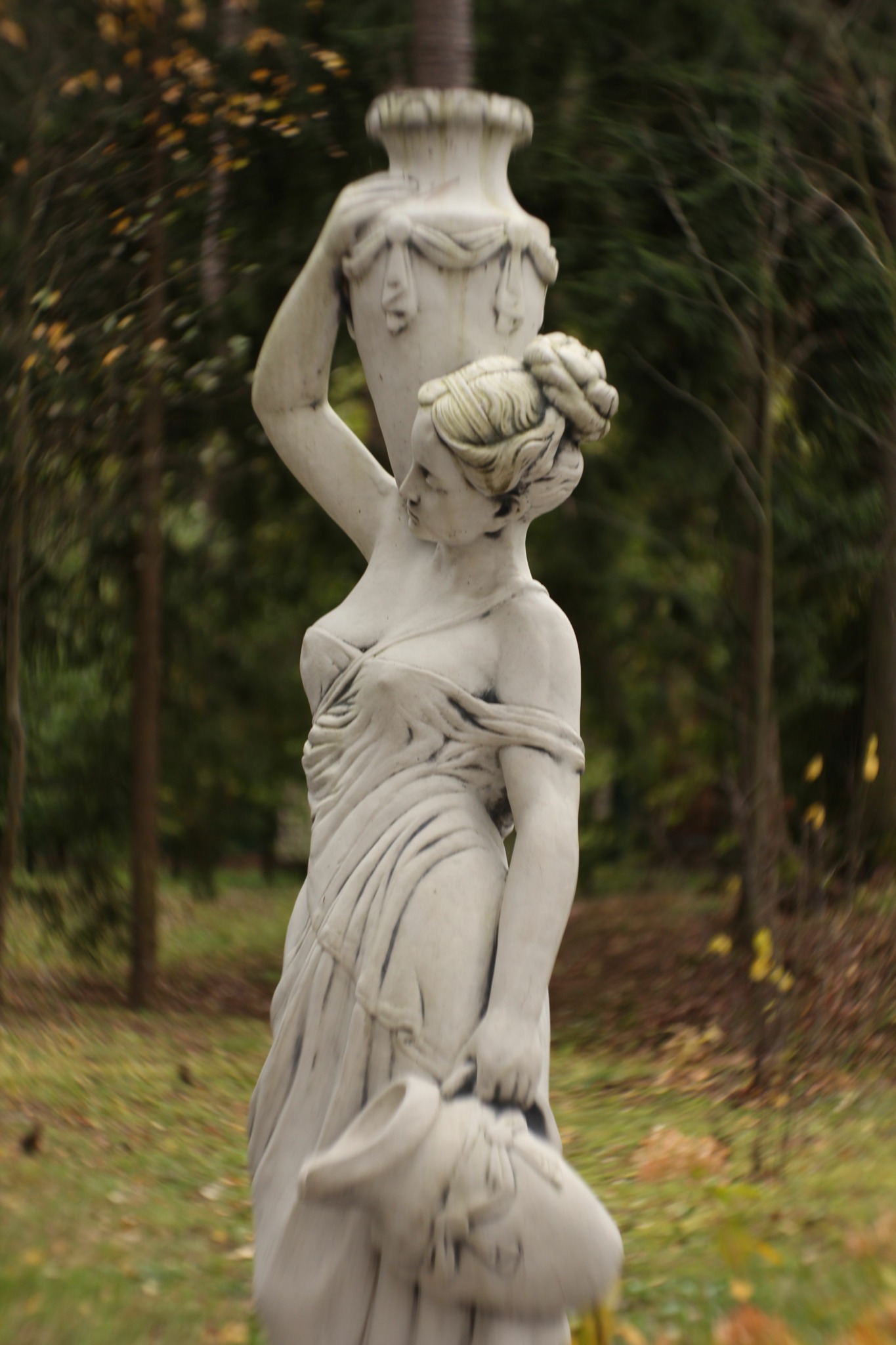
Are there any books, videos or other content that you feel have meaningfully impacted your thinking?
Of course, there is such a book, and, surprisingly enough, it is not about photography. Long ago, when I was a kid, my parents bought me one of the most meaningful books to me, “Doctor Wood, Modern Wizard of the Laboratory”.
It tells about the life of the eminent American physicist Robert Williams Wood, often called the “father of modern physical optics”. Wood’s brilliant experimental research became the basis for the quantum theory of atomic structure, and left a profound legacy in photography, optical physics, physics of ultrasound, astrophysics, and other areas of science.
It is amazing that Robert Wood carried out his fundamental research, which opened new pages in the world of optical physics, on extremely simple equipment, which he often made from sticks, pipes, wires and other common items. This story was a powerful example to me that you can do even the most complicated things with simple stuff and still achieve great results.
The story is written by William Seabrook.
Contact Info:
